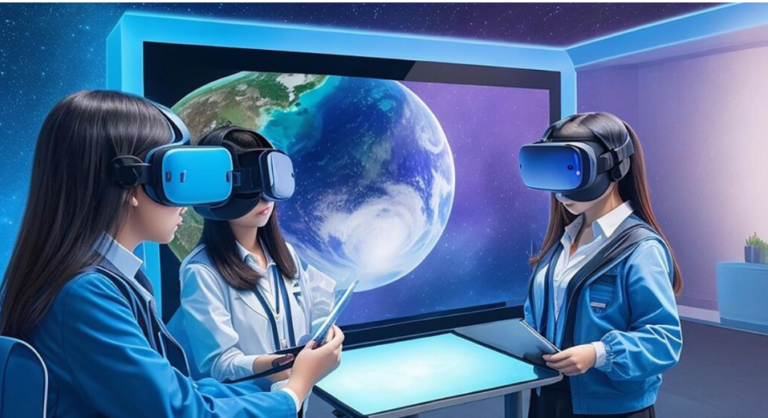Inkapeñis is a term that might sound unfamiliar to many, but it holds significant value in the cultural heritage of a unique community. This article will take you on a journey to explore the historical, cultural, and social aspects of it. We will delve into its origins, its meaning in different societies, and how it continues to impact traditions today.
What is Inkapeñis?
It is more than just a word. It is a concept rooted in the traditions of a community that has maintained its cultural values for generations. It represents a blend of customs, beliefs, and practices that have been passed down, encapsulating the essence of a way of life. Understanding it requires more than just knowing the term; it demands an appreciation of the intricate fabric of culture, history, and human connection.
The Origins of Inkapeñis
The origins of it can be traced back to ancient times. While the exact beginning of the term may be shrouded in mystery, anthropologists have linked it to early settlements in a specific region. These early communities developed a distinctive way of life, incorporating elements of nature, spirituality, and art.
The word of it itself is believed to have evolved from ancient dialects, representing a core part of the community’s spiritual and cultural identity. This concept not only guided daily life but also played a central role in rituals, festivals, and social gatherings.
Cultural Significance of Inkapeñis
To understand the cultural significance of it, one must look at its role within the community. Over the years, it has been a cornerstone in shaping traditions, influencing ceremonies, and binding people together through shared experiences.
Role in Traditions
Traditions tied to Inkapeñis have always focused on communal living. In ancient societies, these traditions were seen as vital for maintaining harmony and balance within the community. Families, for instance, practiced rituals that involved the entire village, fostering a sense of unity.
Certain annual celebrations were designed around the principles of it, reinforcing the interconnectedness of people, nature, and the divine. These gatherings provided an opportunity for individuals to reflect on their personal journeys while contributing to the collective well-being of the community.
Spiritual and Social Impact
Spirituality plays an integral part in understanding the depth of it. Many traditional beliefs held that the essence of it was derived from a higher power. This spiritual connection influenced various aspects of life, from agriculture to social order.
The social impact of it cannot be overstated. The concept encouraged equality and respect among community members. Decisions were made collectively, with each voice having value. This tradition of inclusive decision-making has carried over into modern interpretations of it, making it an enduring symbol of unity and cooperation.
Modern Interpretations of Inkapeñis
In today’s world, it has taken on new forms, yet its core principles remain intact. Communities that continue to practice it have adapted the concept to fit modern lifestyles while preserving its cultural essence.
Preservation of Traditions
As modernity continues to spread across the globe, many communities have worked diligently to preserve their traditional practices. Inkapeñis has proven to be a resilient concept that has survived the passage of time. Even in modern settings, families and communities still engage in rituals and ceremonies that reflect the core values of it.
For instance, certain festivals that revolve around agricultural cycles continue to thrive. These celebrations highlight the community’s connection to nature, a central theme of it.
Influence on Art and Music
It has also influenced modern art and music, with many creators drawing inspiration from its values. Traditional music, dances, and paintings often depict scenes that reflect communal living, spiritual harmony, and the connection between people and their environment. These art forms serve as a reminder of the profound influence it has had on cultural expression.
In some regions, artists continue to use traditional materials and techniques, further blending the old with the new. This evolution in the interpretation of it showcases its adaptability and timeless relevance.
How Inkapeñis Shaped Leadership?
Leadership within a society practicing it is a concept worth exploring. Traditional leaders often rose to prominence not through individual achievement but by demonstrating their commitment to the values of it. They were seen as protectors and custodians of culture, tasked with ensuring the continued practice of traditions that fostered unity.
Leaders in these communities were often revered for their wisdom and humility. They made decisions in alignment with the core principles of it, valuing the voices and contributions of all community members. This collaborative form of governance stands in contrast to the often hierarchical structures seen in other societies.
Inkapeñis and the Environment
A fascinating aspect of it is its connection to the environment. The communities that practice this concept have long understood the importance of living in harmony with nature. Environmental sustainability was not just a modern ideal but an ingrained part of it.
Traditional agricultural methods, for example, reflected this respect for nature. Crops were cultivated in cycles that allowed the land to replenish itself, ensuring its long-term fertility. This approach ensured that the community could thrive without depleting the resources on which they relied.
In contemporary times, this environmental wisdom continues to influence how these communities approach challenges like climate change and resource scarcity. Modern proponents of it advocate for sustainable practices that protect the earth for future generations.
The Role of Storytelling
Storytelling has always been a powerful tool in the preservation and transmission o it. For centuries, stories have been passed down orally, each generation adding to the rich tapestry of cultural knowledge.
These stories often highlight moral lessons or significant historical events that shaped the community. Elders, considered the keepers of knowledge, play a central role in ensuring that younger generations remain connected to their heritage.
Today, modern technology has enabled the digitization of these stories, ensuring they can be shared and preserved across generations. By doing so, the values and traditions tied to Inkapeñis continue to thrive in a rapidly changing world.
Challenges to Inkapeñis in Modern Times
While it has endured for centuries, it faces challenges in modern times. The pressures of globalization, urbanization, and technological advancement have threatened to erode the traditional practices that uphold the values of it.
Globalization and Cultural Shifts
Globalization has led to the integration of diverse cultures, which can be both a benefit and a challenge for traditional practices. Younger generations, exposed to modern lifestyles and ideas, may struggle to reconcile their cultural heritage with contemporary influences.
As urbanization draws people away from rural communities, many traditional practices risk being forgotten. Efforts to revitalize and preserve it have become crucial in ensuring its survival for future generations.
Technological Influence
Technology has changed the way traditions are shared and practiced. While digital platforms provide an opportunity to archive and spread Inkapeñis globally, they can also dilute its meaning when not presented in the proper context. The challenge lies in ensuring that technology is used to preserve, not distort, the cultural essence of it.
Conclusion
Inkapeñis represents a deeply rooted cultural concept that has withstood the test of time. It is a symbol of unity, tradition, and harmony with nature. As modern society evolves, the principles of it remain relevant, offering valuable lessons in communal living, leadership, and environmental stewardship. Despite the challenges of globalization and technological change, it continues to influence and inspire those who hold it dear.
Understanding and appreciating it allows us to glimpse into a world where culture and tradition are inextricably linked to the human experience.












+ There are no comments
Add yours